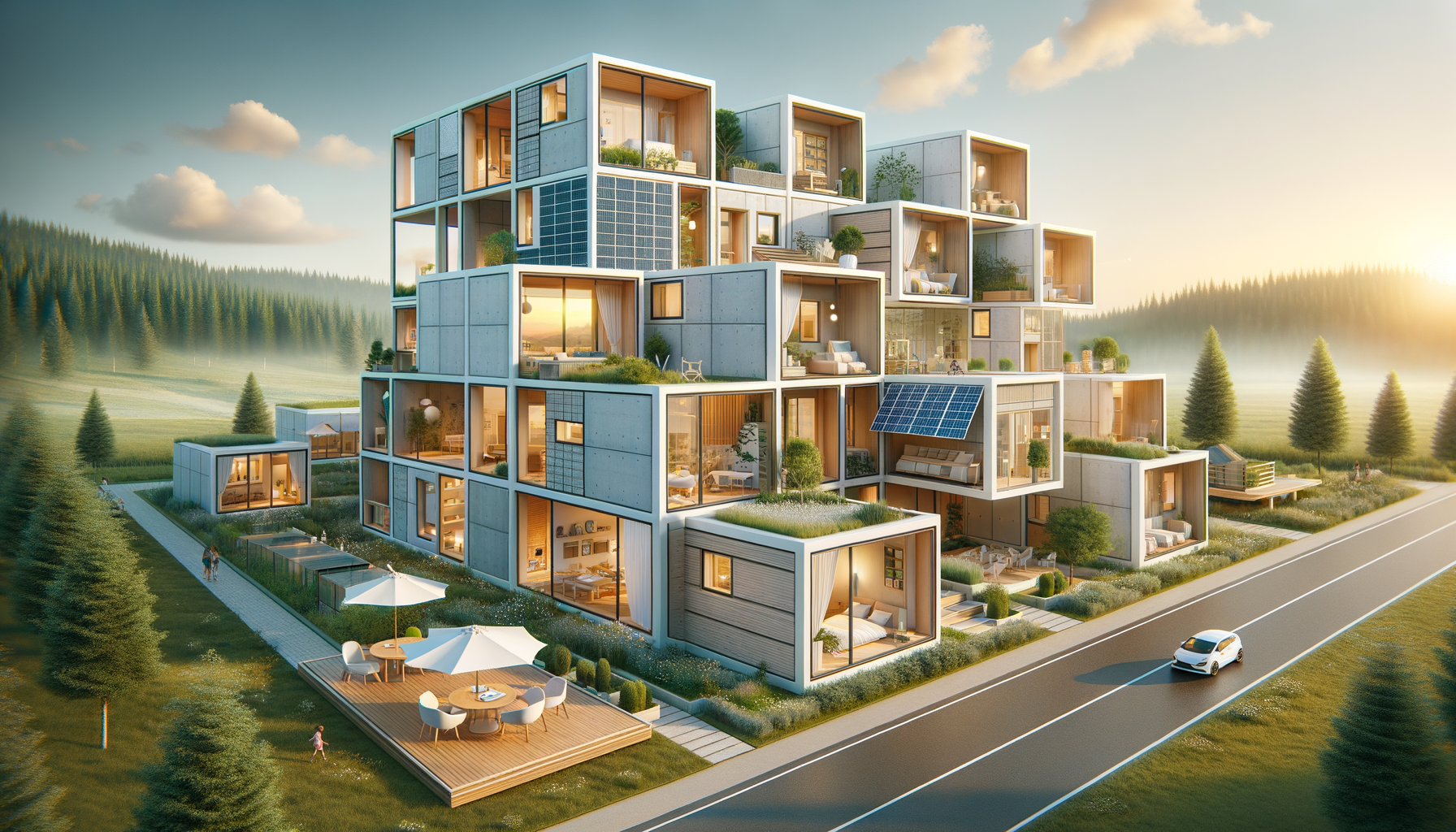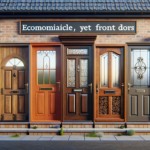Introduction to Prefabricated Homes
In the evolving landscape of residential construction, prefabricated homes stand out as a beacon of innovation and efficiency. These homes, often referred to as prefab homes, are constructed off-site and then transported to their final location. This method not only accelerates the construction process but also offers a sustainable and cost-effective alternative to traditional building methods. As urbanization continues to rise, the demand for quick and efficient housing solutions has never been more pressing. Prefab homes address these needs by offering customizable and scalable options for homeowners.
The Evolution of Prefabricated Homes
The concept of prefabricated homes is not new. In fact, it dates back to the early 20th century when companies began offering mail-order homes. However, the modern prefab home is a far cry from its early predecessors. Today, advancements in technology and materials have propelled prefabricated housing into a new era. These homes now boast exceptional quality and design flexibility, making them a popular choice for a diverse range of buyers. The evolution of prefab homes can be attributed to several factors:
- Improved construction techniques that enhance durability and aesthetics.
- Increased focus on sustainability and energy efficiency.
- Advanced customization options to suit individual preferences and needs.
Benefits of Prefabricated Homes
Prefabricated homes offer a multitude of benefits that make them an attractive option for modern homeowners. One of the primary advantages is the reduced construction time. Since the majority of the building process occurs off-site, weather-related delays are minimized, allowing for a faster completion time. Additionally, prefab homes are known for their cost-effectiveness. The controlled manufacturing environment reduces waste and allows for bulk purchasing of materials, resulting in significant savings. Furthermore, prefab homes are often constructed with sustainability in mind, utilizing energy-efficient materials and technologies that reduce the overall carbon footprint.
Challenges and Considerations
Despite the numerous advantages, prefabricated homes are not without their challenges. One of the main considerations is the transportation of the modules from the factory to the building site. This process can incur additional costs and logistical hurdles, particularly for remote or difficult-to-access locations. Additionally, the perception of prefab homes as being lower quality than traditional homes can be a barrier for some potential buyers. However, ongoing advancements in design and construction are helping to shift this perception, highlighting the exceptional quality and durability of modern prefab homes.
The Future of Prefabricated Homes
The future of prefabricated homes looks promising as more people recognize their potential to reshape the housing market. With the increasing focus on sustainable living and efficient construction methods, prefab homes are likely to become even more prevalent. Innovations such as 3D printing and smart home technology are expected to further enhance the appeal and functionality of these homes. As the industry continues to evolve, prefabricated homes will play a crucial role in addressing the housing needs of a growing global population.








